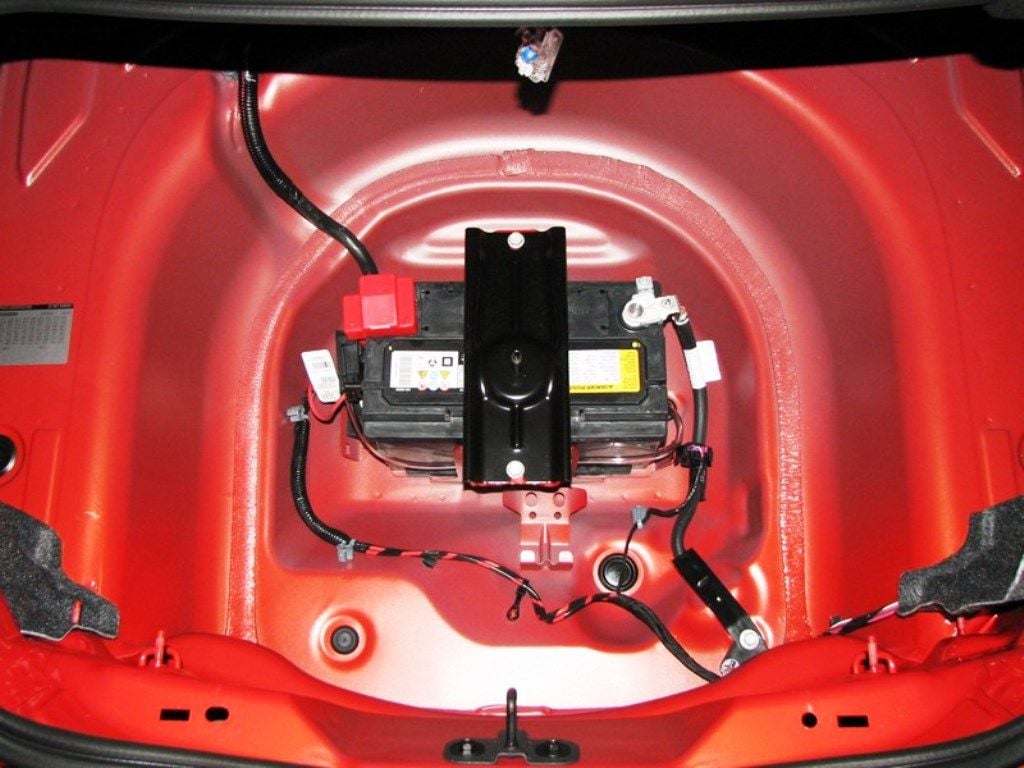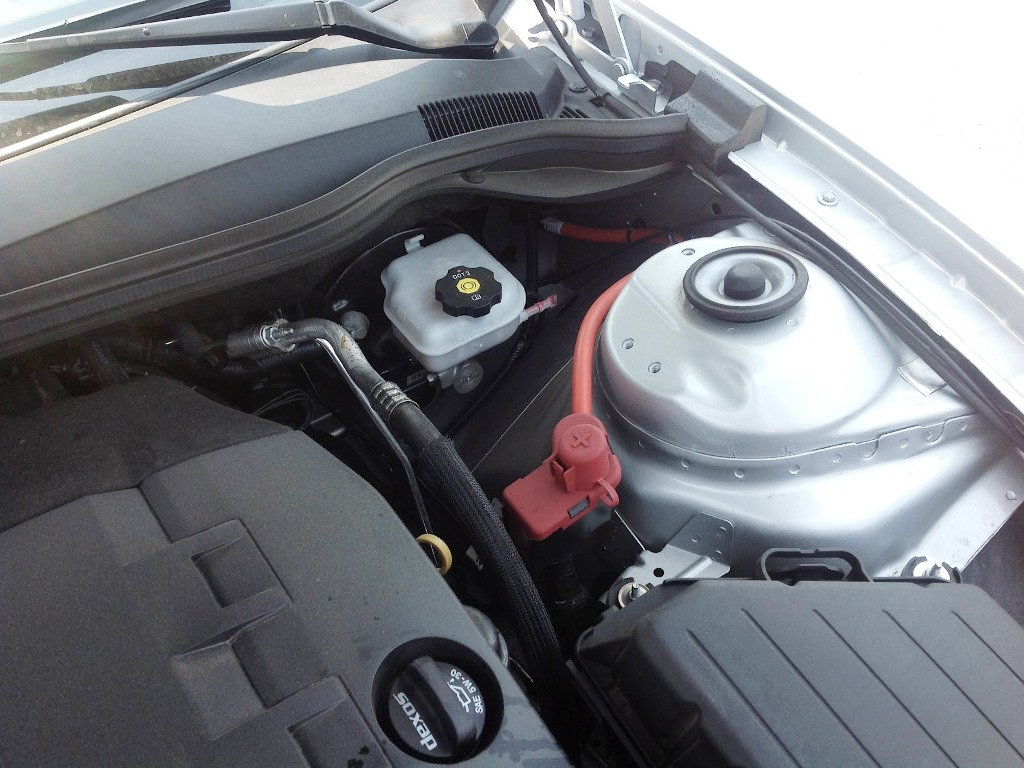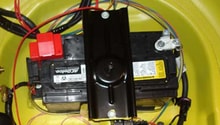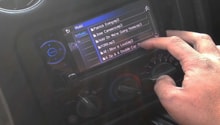Chevrolet Camaro 2010-2015: Why is My Battery Not Charging?
Cars these days are a lot more reliable, but they still can suffer charging and battery issues, and with all the modern electronics involved, these can be more serious problems than on old cars. Let's look into the most common reasons a battery doesn't charge, or hold a charge.
This article applies to the Chevrolet Camaro (2010-2015).
The sophisticated computers that run 5th generation Camaros work together with the traditional parts, like the battery and alternator, to provide exactly the right amount of power for the electrical components in your car. If you have a problem, the drive information center (DIC) on the dashboard with display an error message; typically, BATTERY NOT CHARGING SERVICE CHARGING SYSTEM or SERVICE BATTERY CHARGING SYSTEM.

Materials Needed
- Multimeter
- Battery charger or tester
- Wire brush
Step 1 – Check your battery
The battery is still the most common cause of a charging issue.
It's common for people to think that the battery is OK, even when it may not be. Your lights and other components may still work even when the battery needs to be replaced, because they don't require the same level of amperage that a starter does. This means that the car may not start, but things like the lights and radio appear to be fine, which might lead you to believe that another component is faulty.
To check the battery, first you have to find it, and on the 5th generation Camaro it isn't where you think. Open the trunk, pull up the carpet, and remove the spare tire. There you will find the battery and the spare tire jack as well as tools.
Check the connectors. Make sure they are tight, clean, and free of corrosion. If there is any buildup or corrosion on the connectors, remove them from the battery and clean them with a wire brush. Also, make sure that the connectors are not loose and they fit snugly against the battery posts.
A battery tester will generally tell you if you have one or more bad cells. If you have a bad cell(s), the battery must be replaced. You might be getting a good voltage reading, but the car still won't start because it isn't getting enough cranking amps to do so. Most auto parts stores will test your battery for free under load and be able to tell you if this is the issue.

Figure 1. Test the battery (in the trunk) first to see if it needs to be replaced. 
Figure 2. You can also test at the jump start post under the hood, and a good chassis ground.
If your battery checks out fine, move on to Step 2.
Step 2 – Check your alternator
Alternators don't go bad that often, but they will eventually wear out.
Alternators typically last much longer than a battery's three to five year lifespan, but they do eventually wear out. For this reason, they are also considerably more expensive. If your alternator is going bad, you won't be able to drive the car for long, even with a fully charged battery. This is because the alternator serves to charge the battery while the engine is running, keeping it topped off as you go.
To test the alternator, make sure the battery is charged and connect a multimeter to it, or the jump star post and a good ground under the hood. The multimeter should be reading at least 12.6 volts. Start the car and look at the multimeter reading. Because of the computer controlled nature of the Camaro's charging system, it may not be in CHARGE MODE, just because the motor is running. To trick the system into charging, try turning on the headlight, and look for a voltage reading of 13.9 to 14.5 volts. The voltage regulator and rectifier is built into the alternator, and it can fail completely, or default to a mode that puts out a maximum of 13.8 volts. If you get a reading of less than 12.6 volts, more than 16 volts or 13.8 volts, with no change no matter which accessories are on or what RPM the motor is at, it is likely a bad alternator.
Also, check to make sure all the wires and plugs on the alternator are secure, and look for corrosion or damage. While the car is running, make sure the alternator is spinning and that the belt is tight.

Related Discussion and Sites
- Low Voltage, Battery Not Charging - Camaro5.com
- Battery Not Charging - Camaro5.com
- Underdrive Crank Pulley Charging Issue - LS1Tech.com
- Normal Amount of Volts? - Camaro5.com






